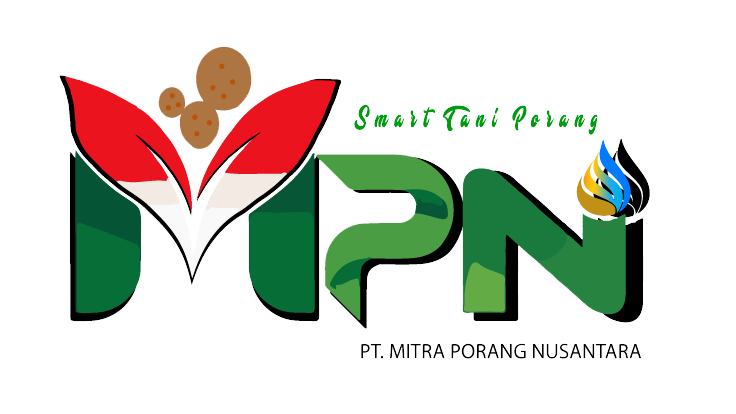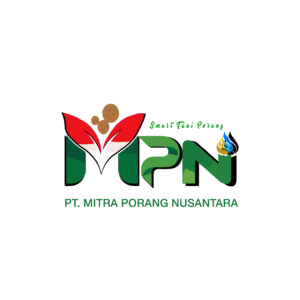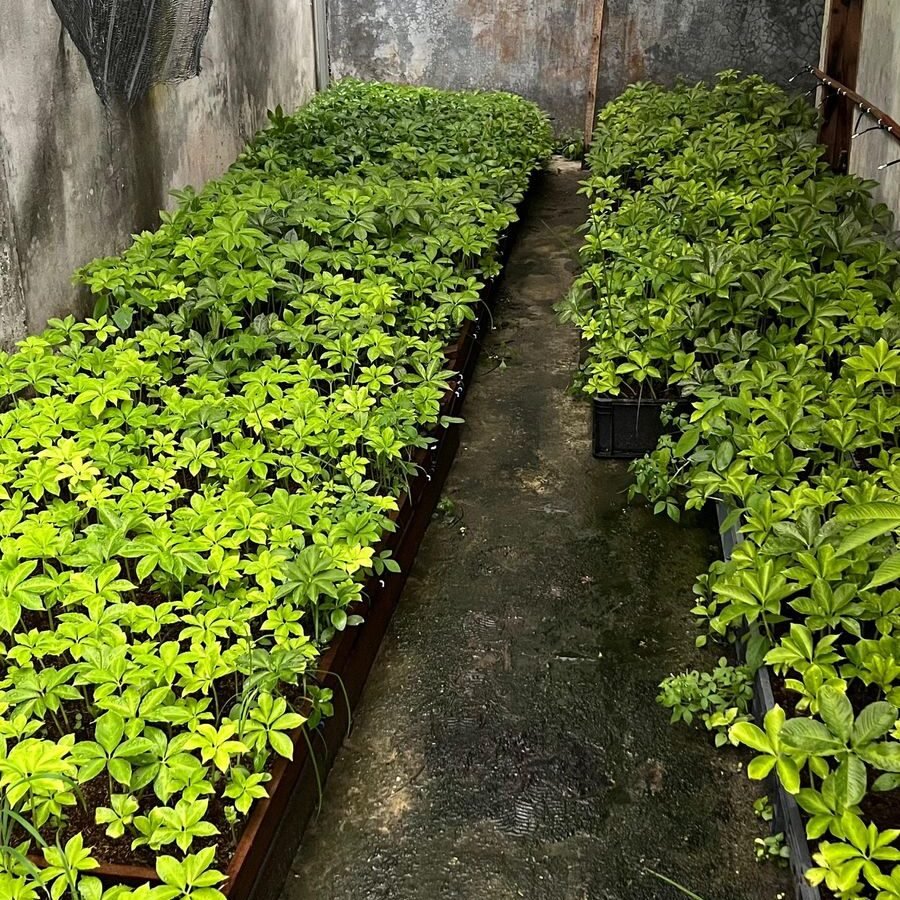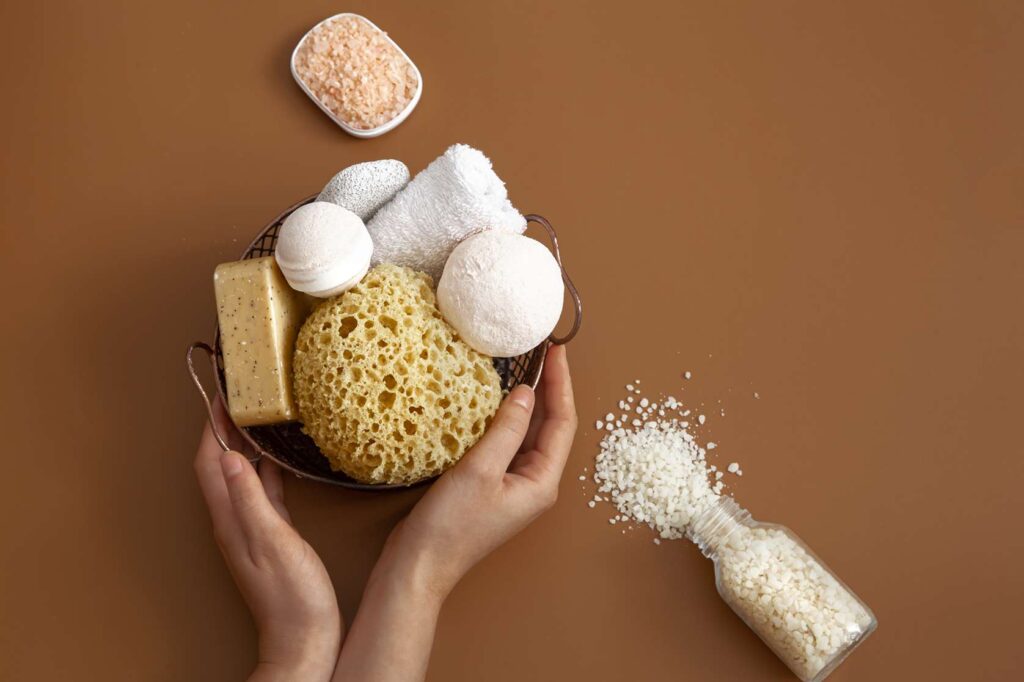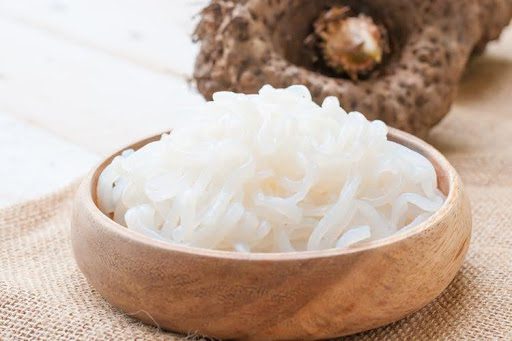The world of nutrition is constantly evolving, and one natural ingredient that has been gaining significant attention is Konjac. This unassuming root has been a staple in various cultures for centuries, and today, we’re delving deep into the wonders it holds. We will explain about konjac fiber and what differs it with other dietary fiber.
In recent years, Konjac has emerged from relative obscurity to the limelight of health-conscious consumers. This article aims to shed light on the nutritional powerhouse that is Konjac, exploring its origins, uses, and the science behind its growing popularity.
What is Konjac?
Originating from the tropical regions of East Asia, Konjac, scientifically known as Amorphophallus konjac, is a perennial plant with a starchy texture. Its roots have been a dietary staple in Japan, China, and Korea for centuries. Beyond its culinary uses, Konjac has found its way into modern wellness practices.
Konjac fiber is a soluble fiber renowned for its impressive nutritional profile. Rich in glucomannan, a water-soluble dietary fiber, Konjac offers a variety of health benefits. From supporting digestive health to promoting a feeling of fullness, the nutritional value of Konjac is not to be overlooked.
Konjac Fiber vs. Other Dietary Fibers: A Scientific Exploration
Dietary fibers play a crucial role in human nutrition, contributing to various health benefits. When comparing Konjac with other dietary fibers, it’s essential to understand the distinct characteristics that set Konjac apart.
1. Molecular Structure
- Konjac: The primary fiber in Konjac is glucomannan, characterized by its unique molecular structure. Glucomannan is a polysaccharide composed of glucose and mannose units, forming long chains that contribute to its exceptional water-absorbing capacity.
- Other Dietary Fibers: Different fibers, such as cellulose, pectin, and inulin, have diverse molecular structures. For instance, cellulose consists of linear chains of glucose molecules linked by β-1,4-glycosidic bonds, providing rigidity and insolubility in water.
2. Water Absorption and Viscosity
- Konjac: Glucomannan has the remarkable ability to absorb water, forming a gel-like substance in the digestive tract. This viscosity contributes to feelings of fullness, making Konjac a valuable component in weight management.
- Other Dietary Fibers: While various fibers also absorb water, the degree of viscosity varies. Some fibers may not form a gel-like substance, influencing their impact on satiety and digestive processes.
3. Impact on Blood Sugar Levels
- Konjac: Studies suggest that glucomannan in Konjac may slow down the absorption of glucose, potentially aiding in blood sugar control. The gel formed by Konjac in the digestive system may contribute to a more gradual release of glucose into the bloodstream.
- Other Dietary Fibers: Different fibers may have varying effects on blood sugar levels. Soluble fibers, like those found in oats and legumes, are known for their potential to slow glucose absorption, while insoluble fibers, such as wheat bran, may have a different impact.
4. Fermentation and Gut Microbiota
- Konjac: Glucomannan is fermentable by gut bacteria, leading to the production of short-chain fatty acids. This fermentation process may contribute to the overall health of the gut microbiota.
- Other Dietary Fibers: Fermentation is a common characteristic of many dietary fibers, influencing the composition and activity of gut bacteria. Each fiber type may support different bacterial populations, impacting overall gut health.
5. Comparative Effectiveness in Weight Management
- Konjac: The gel-forming property of Konjac may contribute to increased feelings of fullness and reduced calorie intake, supporting weight management efforts.
- Other Dietary Fibers: Various fibers contribute to satiety through different mechanisms. Some fibers add bulk to the diet, promoting a sense of fullness, while others may affect hormonal signals related to appetite.
Interested In Konjac?
Discover the key to unlocking a world of health and culinary possibilities by purchasing konjac through MPN, your premier international distributor of this versatile superfood. MPN offers a comprehensive range of konjac products, including konjac seeds, konjac tubes, konjac chips, and the highly sought-after konjac flour.
By choosing MPN as your supplier, you gain access to top-quality konjac sourced from reliable and sustainable producers. Whether you’re a health-conscious consumer or a culinary enthusiast, MPN ensures that you receive the finest konjac ingredients to elevate your dishes and enhance your well-being. Make a smart and wholesome choice today by trusting MPN for all your konjac needs – where quality meets excellence.
